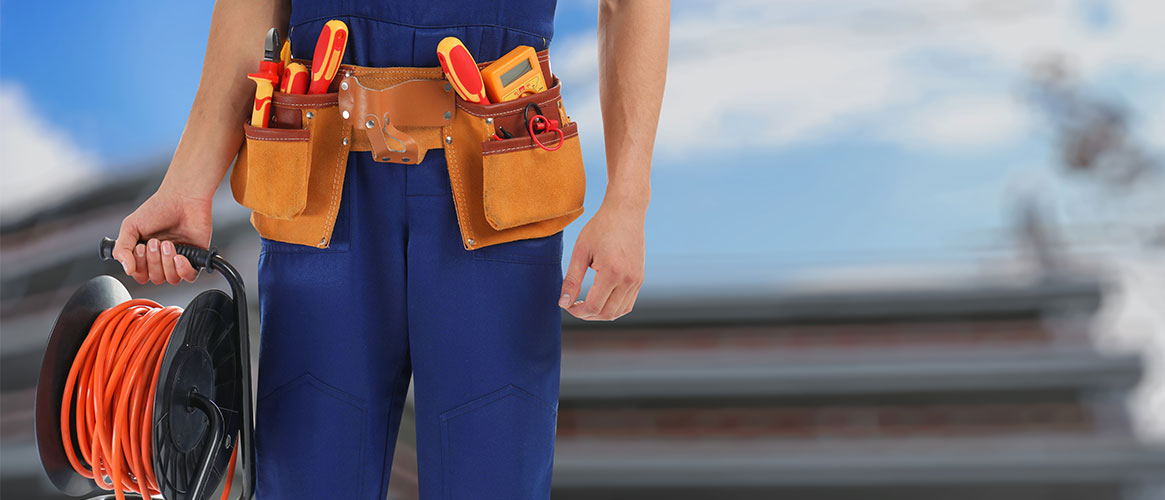Work performed at elevations is already dangerous enough. Data from the U.S. Bureau of Labor Statistics shows that in 2019 there were 880 deaths attributed to slips, trips, and falls. Why increase the possibility of a serious injury such as falling off a roof or through a floor or wall opening because a cord, rope, or hose was stretched across the work area?
What your employees need to know about cord, rope, and hose management
Keeping these items out of high traffic areas at the jobsite is a critical step in avoiding slips, trips, and falls. However, these are the only injury risks your employees face. Burns or puncture wounds of the hands can also occur when handling a damaged rope under tension. This can be avoided through proper use of personal protective equipment such as by wearing gloves.
What your employees need to do to prevent injuries related to poor management of cords, ropes, and hoses
In fast-paced work environments where cords, ropes, and hoses are used, employees must look out for each other and work together to minimize injury risks. Here are some steps to follow:
- If keeping cords, ropes, and hoses out of high traffic areas isn’t feasible, route them next to walls.
- Use covers or bridging to conceal cords, ropes, and hoses if they must be stretched along high traffic areas. Be sure that the cover is secured so that it does not become a trip hazard.
- Do not run electrical cords under carpet.
- Keep cords, ropes, and hoses as short as possible. Coil up extra slack to keep it out of the way.
- While working on roofs, secure the air hose at roof level to provide ample, but not excessive amounts of hose.
- Use multiple anchorage points when using lifelines and harnesses to minimize the lifeline from getting caught on objects as you move around on a roof or other elevated structures.
- Use cordless tools whenever possible to eliminate the use of cords and hoses.
See our Cord, Rope, and Hose Management checklist for a list of steps to take to remain safe on the job.
What to cover at your safety meeting on management of cords, ropes, and hoses
It is important to talk to your employees about how injuries occur if cords, ropes, and hoses are not managed properly. Encourage them to speak up during the safety meeting to discuss ways they have managed these tools in the past. Do those methods work, or should improvements be made?
Considering that the pace of work can be quick and the different weather conditions construction workers face, plan out in advance how cords, ropes, and hoses will be used and where to place them. Also, determine what resources will be needed, such as additional cords for routing or cord covers to properly manage them. And, make sure your employees know whom to contact to get the resources they need.
Emphasis should also be placed on inspecting the cords, ropes, and hoses before each use. Cover the following:
- Looking for evidence of any fraying, cuts, or punctures
- Inspecting ends, connectors and/or fittings
- Looking for damaged outer sheaths/coverings, exposed wiring, splicing, and missing grounding prongs on electrical cords
- Removing from service and reporting damaged cords, ropes, and hoses immediately to management
Cords, ropes, and hoses are important tools in getting the job done and while they may be perceived as just a trip hazard, we have seen that employees can get injured in other ways. Conduct thorough evaluations of the work environment before work begins with emphasis on what is the most effective way to manage cords so that risk of injury is minimized. Use a teamwork approach to include employees and direct management so that all are on the same page and know their roles and expectations.

